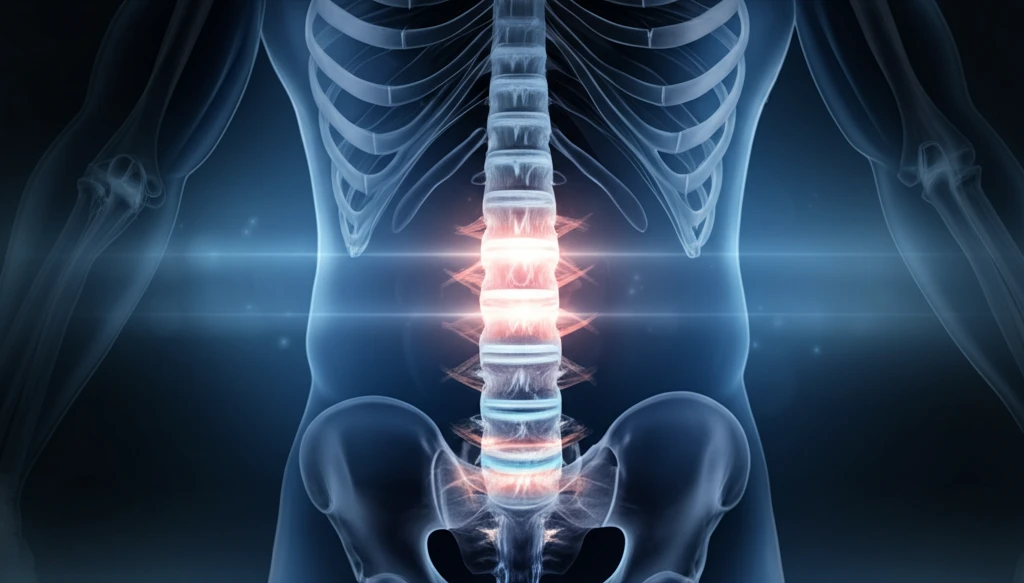
Unlocking Stability: How Spinal Alignment Surgery Can Transform Your Life with Spondylolisthesis
"Discover how surgical solutions are restoring balance and improving lives for those suffering from lumbar spondylolisthesis."
Maintaining balance is crucial for the human body, especially in the spine. Proper alignment in both the sagittal and coronal planes minimizes the energy needed to stand upright. When the body's center of gravity aligns correctly, it reduces muscular effort and promotes overall stability. Understanding this balance is key to addressing spinal issues.
Sagittal balance, which involves the alignment of the spine when viewed from the side, is maintained through various compensatory mechanisms. The lumbar lordosis, or the inward curve of the lower back, and the sagittal rotation of the pelvis around the hip axis are vital components. These elements work together to keep the body balanced and functional. However, conditions like spondylolisthesis can disrupt this delicate balance.
Spondylolisthesis, a condition where one vertebra slips over another, interferes with the body's natural compensatory mechanisms. This misalignment can lead to pain, discomfort, and reduced mobility. Fortunately, surgical interventions aim to correct these deformities and restore spinal stability, offering hope for improved quality of life.
Restoring Spinal Alignment: The Surgical Approach

Traditionally, spondylolisthesis was treated with arthrodesis in situ, often combined with autologous bone grafts. However, this approach had a significant failure rate, with about 20% of patients experiencing arthrodesis consolidation failure. Those with severe slippage (over 50%) were particularly prone to developing kyphotic deformity, necessitating more innovative surgical solutions. Modern surgical techniques focus on not only stabilizing the spine but also correcting the alignment to improve overall function.
- Posterior Approach: This involves accessing the spine from the back to reduce and fix the listhesis.
- Anterior Approach: Often used in conjunction with the posterior approach, this involves accessing the spine from the front to reconstruct the anterior spine.
- Intervertebral Cages: These are used to restore disc height and provide rigidity to the treated segment. Made from materials like titanium, they support fusion and proper alignment.
A Path to Improved Quality of Life
Circumferential arthrodesis is a valuable resource for patients with lumbar spondylolisthesis. By modifying lumbar alignment and decreasing the lumbosacral lordosis angle, this procedure changes sagittal pelvic balance and reduces painful symptoms. Improving the balance of the lumbar spine alleviates pain by reducing stress on ligamentous and articular structures, enhancing mobility, and overall quality of life.
